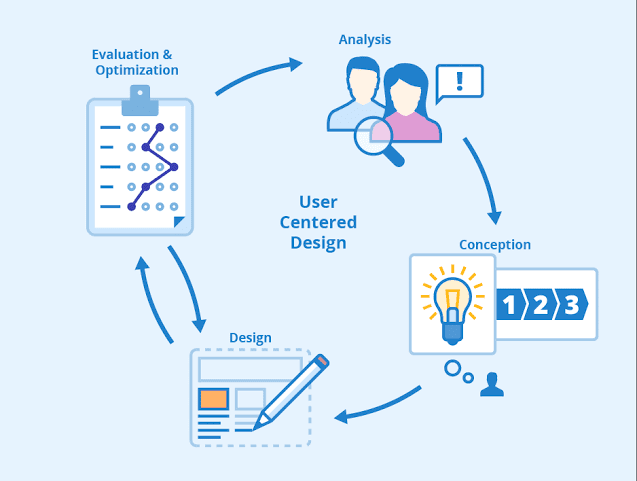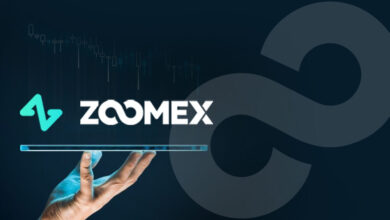The Evolution of User-Centric Design with Technology

In the digital era, design is becoming increasingly important, with every click revealing new options to explore. Under design per se, people have the right to patronise and cherish the intuitions that make sense of their being and further their self-belief. In responsive design, the concept of design extends to crafting fluid grids and flexible elements to ensure seamless experiences across various devices. As we seek more detail about what is design and consider the fact that the online trend of website design is advancing, we will see the relationship between creativity and technology shaping our online experiences.
Design is more than just aesthetics; it represents a beautiful balance of functionality and form. It combines visual aspects including layout, color schemes, typography, and photography with user experience (UX) principles to achieve smooth interactions. Innovative layout not only attracts viewership but also leads them on a trip, assuring easy navigation and access.
Web Design Trends:
Minimalism: The concept of “less is more” continues to influence website design trends. Clean layouts, plenty of white space, and simple navigation help users focus and expedite their browsing experience. Minimalist designs evoke sophistication and class while emphasising the importance of content.
Flexible Design: With the development of mobile devices, a flexible layout has become necessary. Websites adapt fluidly to different screen sizes, maintaining uniformity and usability across all platforms. Fluid grids, adaptable graphics, and media queries offer easy navigation while responding to customers’ preferences.
Micro-interactions: Micro-interactions add an extra layer of interactive features, increasing user involvement. From tiny hover effects to dynamic transitions, these small elements improve the user experience by offering feedback and pleasing visitors. Carefully designed micro-interactions show brand identity and enhance audience engagement.
Typography Inquiry: Bold typography has become a prominent element in website design, acting as a visual anchor. Designers use bespoke fonts, large headings, and inventive type pairings to create hierarchy and evoke emotions. Typography becomes an effective narrative tool that conveys tone and individuality.
Dark Mode: Dark mode style is gaining popularity, providing a modern and deep browsing experience. Dark backgrounds highlight information and interface components, minimizing eye strain and extending battery life, especially on OLED displays. This trend appeals to people wanting sophistication and customization possibilities.
Illustrations provide individuality and emotion to website creation, leaving a lasting impact. Custom illustrations, ranging from hand-drawn sketches to digital artwork, communicate company identity and elicit emotions. Examples of components enhance the text by adding interest and directing user focus.
Accessible Focus: Designers prioritise accessibility in website design, putting inclusivity first. Including features like alternative language for images, keyboard navigation, and colour contrast ensures a consistent experience for users with impairments. Designers apply universal design principles to create websites that are usable by everyone.
Scroll-triggered animations engage audiences through dynamic narrative. As users traverse the site, animations appear, revealing material and increasing visual intrigue. These immersive experiences arouse interest and promote investigation, resulting in a stronger relationship with the brand.
In the final analysis, design is the foundation of the digital surroundings, shaping experiences and affecting impressions. Website design trends represent people’s changing interests and the ever-evolving nature of technology. Designers continue to push the frontiers of digital experiences by adopting innovative thinking, originality, and user-centric principles, resulting in fascinating journeys that resonate with consumers around the world.





